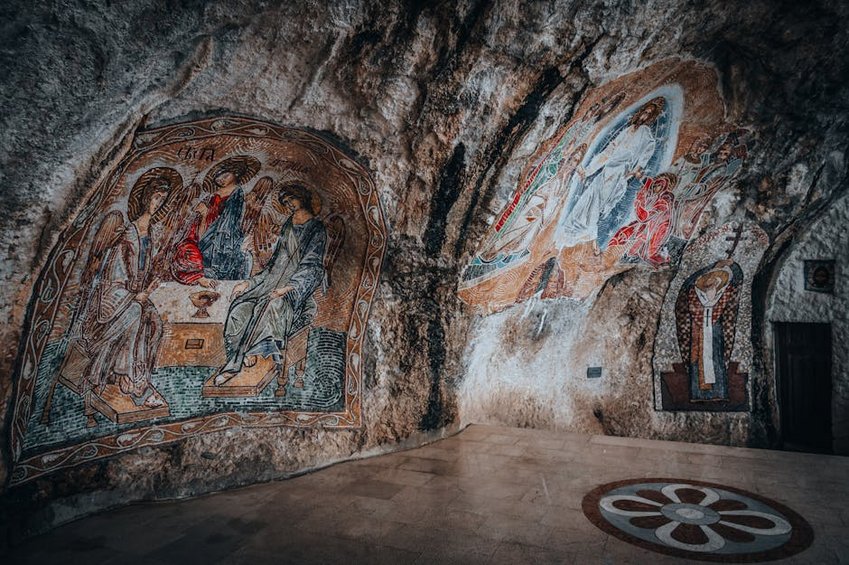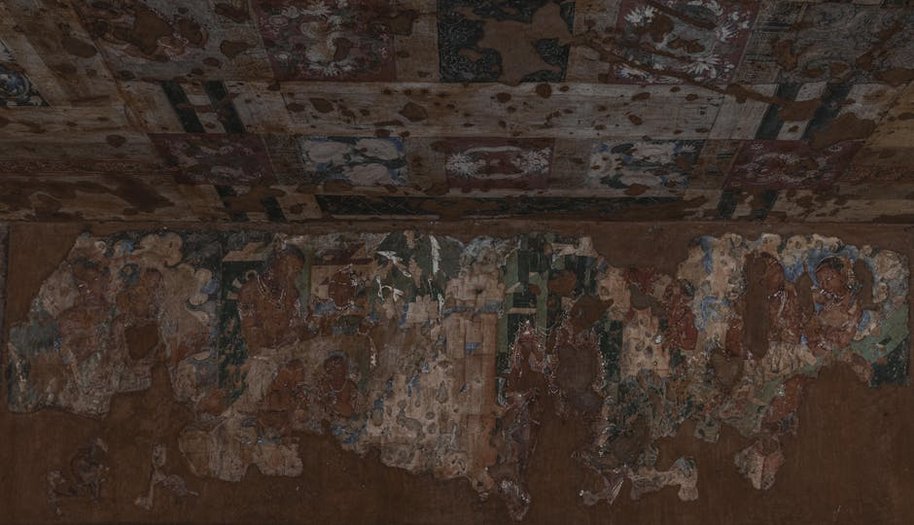Somalia Laas Geel Cave Paintings: Ancient African Art Discovery
The Somalia Laas Geel cave paintings represent one of Africa’s most significant archaeological treasures, featuring vibrant rock art dating back approximately 5,000 years. These well-preserved Neolithic artworks depict domesticated cattle, human figures, and ceremonial scenes across numerous granite shelters in northwestern Somaliland. This comprehensive guide provides essential travel planning, cultural context, and practical tips for experiencing these ancient masterpieces firsthand.
Essential Historical Background
Laas Geel’s rock art sites contain some of the oldest and best-preserved cave paintings in the Horn of Africa, with archaeological evidence suggesting creation between 9,000 and 3,000 BCE. French archaeologists rediscovered these formations in 2002, though local Somali communities had preserved knowledge of their existence for generations. The artwork provides crucial insights into early pastoral societies and their cultural practices in this region.
What You Need to Know Before Visiting
Understanding these archaeological sites enhances your appreciation of their historical significance.
- Laas Geel comprises approximately 20 rock shelters with paintings spread across 10 sites near Hargeisa, featuring distinctive red and white ochre pigments that have survived millennia.
- Access requires official guides and permits from Somaliland authorities, with visiting hours typically from 8am to 5pm daily except during extreme weather conditions.
- The artwork depicts numerous antelope species and humped cattle similar to those still herded by Somali pastoralists today, creating cultural continuity across thousands of years.
- Budget travelers should allocate $800-1,200 for a 3-day trip covering basic permits, shared guides, and modest accommodations in Hargeisa, excluding international flights to the region.
- Mid-range visitors will spend $1,500-2,500 for better-quality hotels, private guides, comfortable transportation, and additional cultural tours in surrounding areas.
- Luxury archaeological tours range from $3,000-5,000 including premium accommodations, expert guides, comprehensive permits, and extended itineraries with other historical sites.
- Somaliland Ministry of Foreign Affairs
- UNESCO World Heritage Centre
Archaeological Significance and Preservation
These prehistoric artworks demonstrate sophisticated artistic techniques and cultural symbolism from Africa’s early pastoral periods. The paintings show remarkable preservation due to the granite overhangs protecting them from direct sunlight and rainfall. International organizations including UNESCO have documented the site while local authorities maintain ongoing conservation efforts.
Cultural Context and Local Heritage
Somali oral traditions contain references to these ancient sites long before their archaeological documentation. Local clans consider the area culturally significant and have traditionally protected the paintings from damage. Contemporary Somali artists often draw inspiration from these ancient motifs in their modern creative works.

Alt: “laas-geel-cave-paintings-ancient-rock-art-somaliland”
Somalia Laas Geel Cave Paintings – Planning Your Trip
Organizing your visit to these remote archaeological sites requires careful preparation and realistic expectations. You’ll need to arrange specialized travel permissions and coordinate with local guides who understand the terrain and cultural significance. Budget additional time for the bureaucratic processes and transportation logistics involved in reaching this unique destination.
Best Time to Visit Laas Geel
The optimal visiting period falls between December and February when temperatures range from 75°F to 85°F (24°C to 29°C) with minimal rainfall. These cooler months provide comfortable conditions for exploring the outdoor sites and clear visibility for photography. Avoid the April-June rainy season when flash floods can make access roads impassable and extreme heat from June to August reaching 100°F (38°C).
Budget Planning and Costs
Visiting this remote archaeological site involves specific expenses beyond typical travel costs.
Essential Preparation Checklist
Proper preparation ensures a safe and rewarding experience at these ancient sites. Pack sturdy hiking shoes, sun protection including hats and sunscreen, and sufficient water supplies since facilities are limited. Obtain necessary visas and travel permits well in advance through official Somaliland channels, and secure comprehensive travel insurance that covers this specific region.
Top Archaeological Sites and Activities
Beyond the main cave complexes, the surrounding landscape offers additional historical and cultural experiences for interested visitors. The Hargeisa region contains several other significant archaeological sites dating from similar periods. Local guides can provide context about the relationship between ancient artworks and contemporary Somali culture.
Must-See Rock Art Panels
The most impressive panels feature at Shelter 7, showing elaborate cattle scenes with intricate patterns and human-animal interactions. Shelter 10 contains the famous “procession panel” depicting numerous figures in ceremonial poses with detailed adornments. Early morning visits provide the best lighting conditions for photography and fewer visitors at the popular sites.
Hidden Gems and Local Favorites
Less-visited shelters toward the eastern end of the complex feature unique geometric patterns and hand stencils rarely documented in publications. Local guides know secluded viewpoints offering panoramic perspectives of the entire archaeological landscape. The nearby seasonal riverbeds contain additional rock engravings visible during drier months.
Cultural Exchange Opportunities
Engaging with local pastoral communities provides living context for the ancient cattle depictions in the artwork. Respectful visitors can learn about contemporary Somali traditions that echo themes found in the prehistoric paintings. These interactions require cultural sensitivity and proper guidance from your tour operator.
Practical Travel Information
Reaching Laas Geel involves specific logistics and safety considerations that differ from conventional tourism destinations. Most visitors base themselves in Hargeisa, approximately 55 kilometers from the archaeological site. Road conditions vary significantly, requiring robust vehicles and experienced drivers familiar with the terrain.
| Category | Options/Features | Price Range (USD) |
|---|---|---|
| Accommodation | Basic guesthouses to international hotels in Hargeisa with varying amenities | $40-150/night |
| Transportation | 4WD vehicles with drivers, fuel, and permits for site access | $80-200/day |
| Guides and Permits | Mandatory archaeological guides and government-issued visiting permissions | $50-150/day |
| Food and Supplies | Local restaurants and markets in Hargeisa, packed lunches for site visits | $15-40/day |


